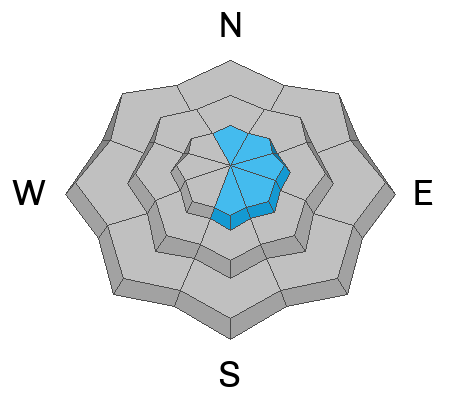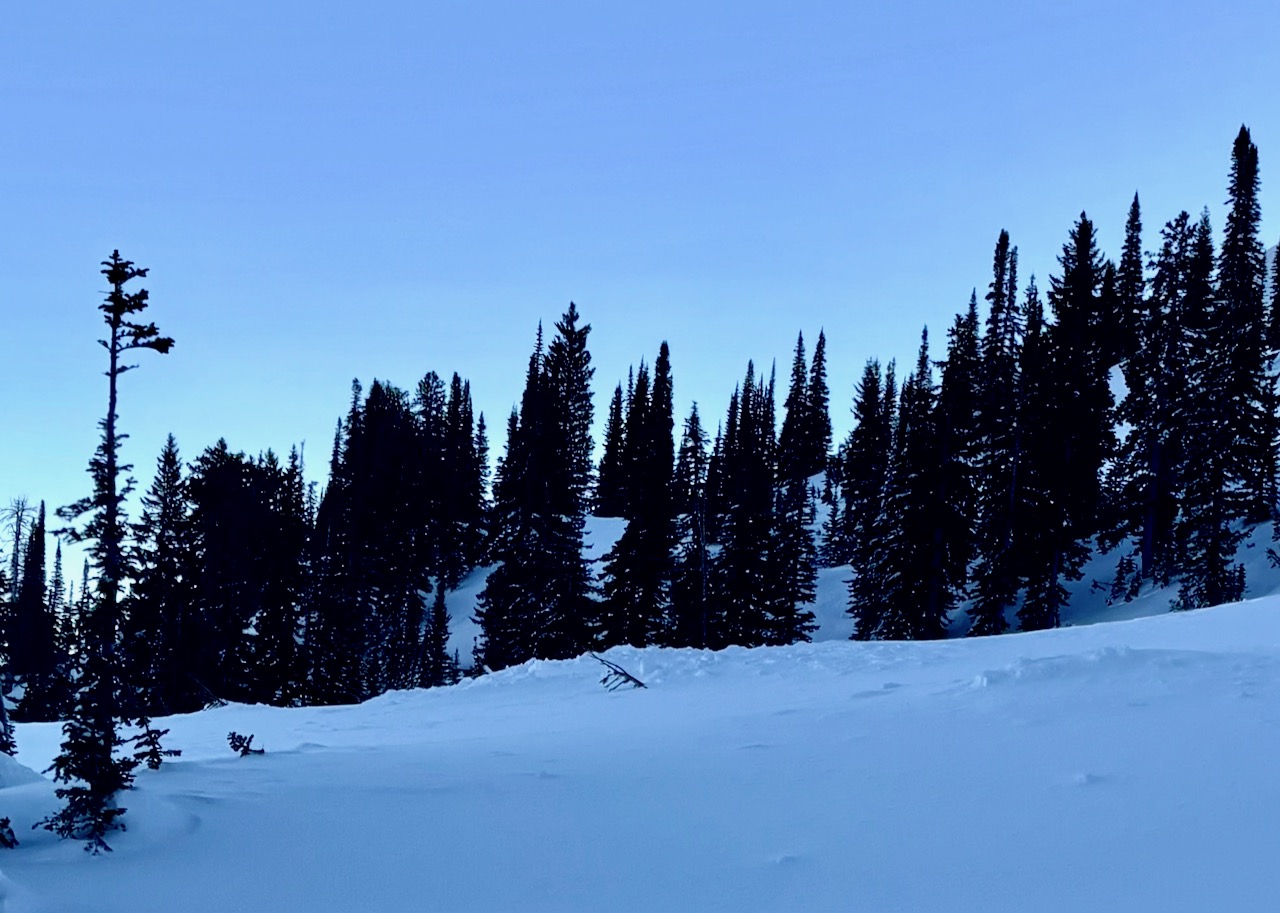Forecast for the Logan Area Mountains

Issued by Toby Weed on
Friday morning, January 17, 2025
Friday morning, January 17, 2025
The snow is stable, and the avalanche danger is LOW across the Logan Zone this morning. However, a quick-hitting storm with new snow and drifting today will likely elevate the danger to MODERATE on upper elevation slopes steeper than 30°. Later today, people could trigger small avalanches of wind-drifted new snow. Isolated deep slab avalanches, breaking 2 to 4 feet deep on a persistent weak layer, are unlikely, yet the consequences could be devastating.
- Evaluate snow and terrain carefully and continue to practice safe travel protocols by only exposing one person at a time to avalanche risk.

Low
Moderate
Considerable
High
Extreme
Learn how to read the forecast here









